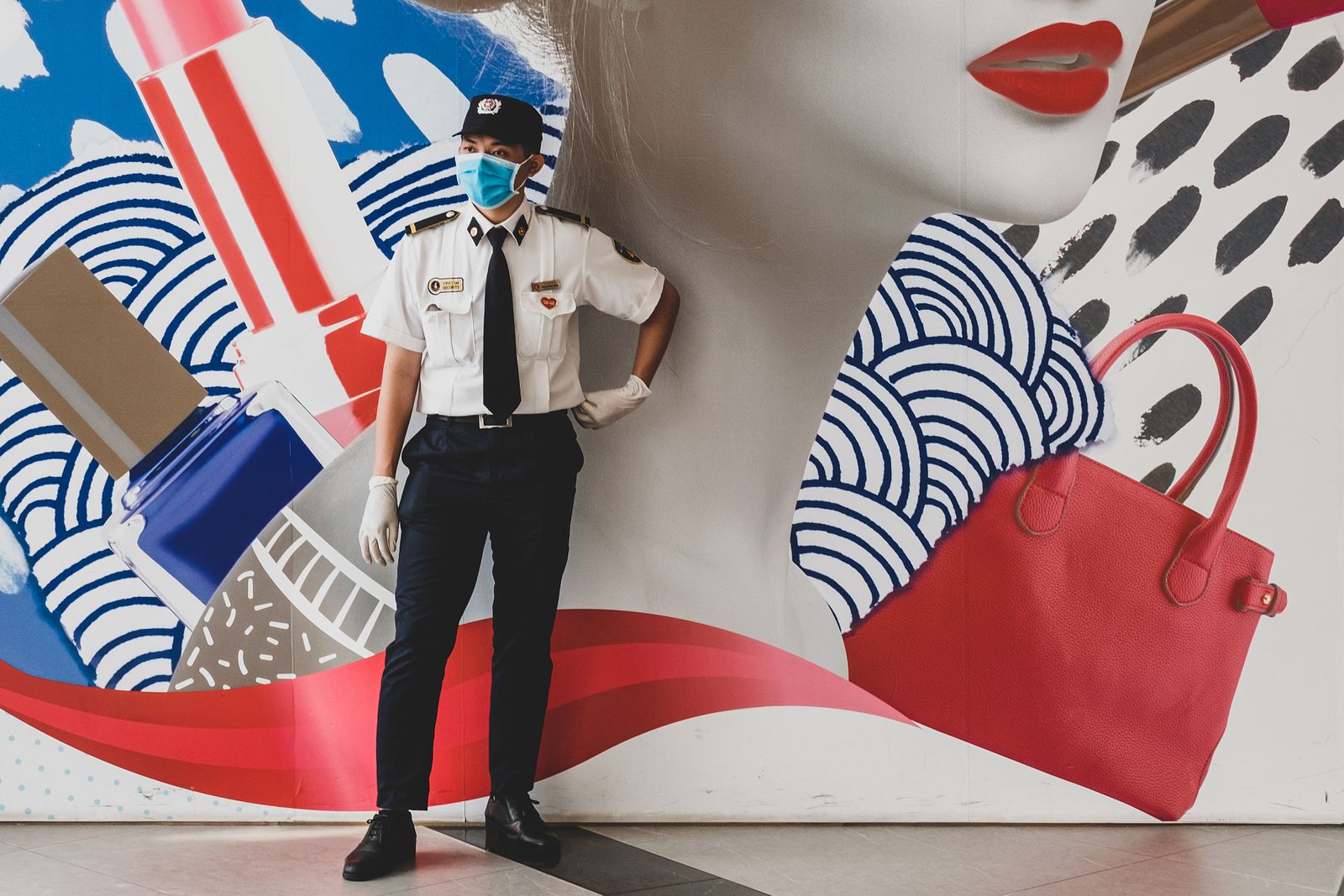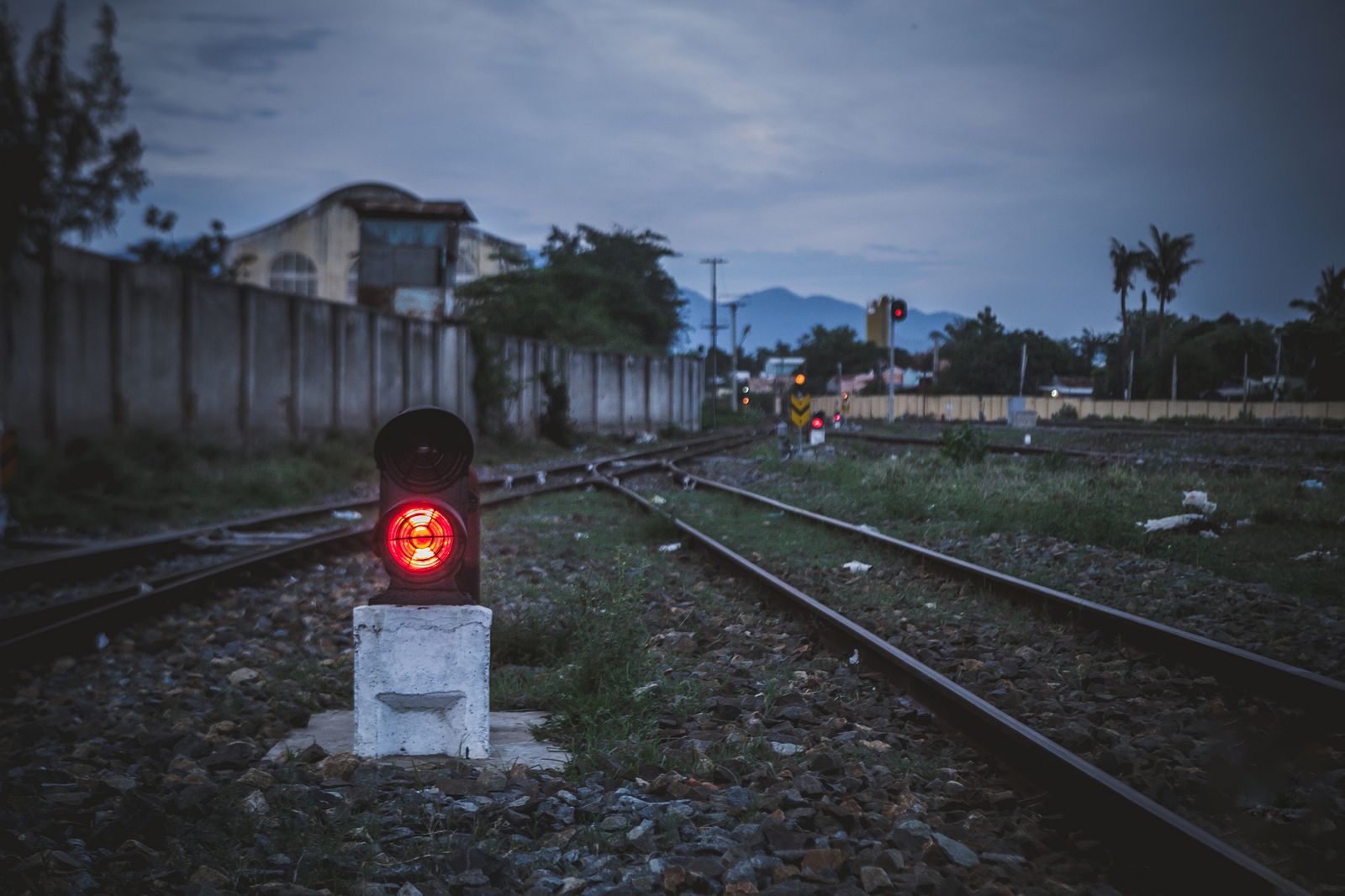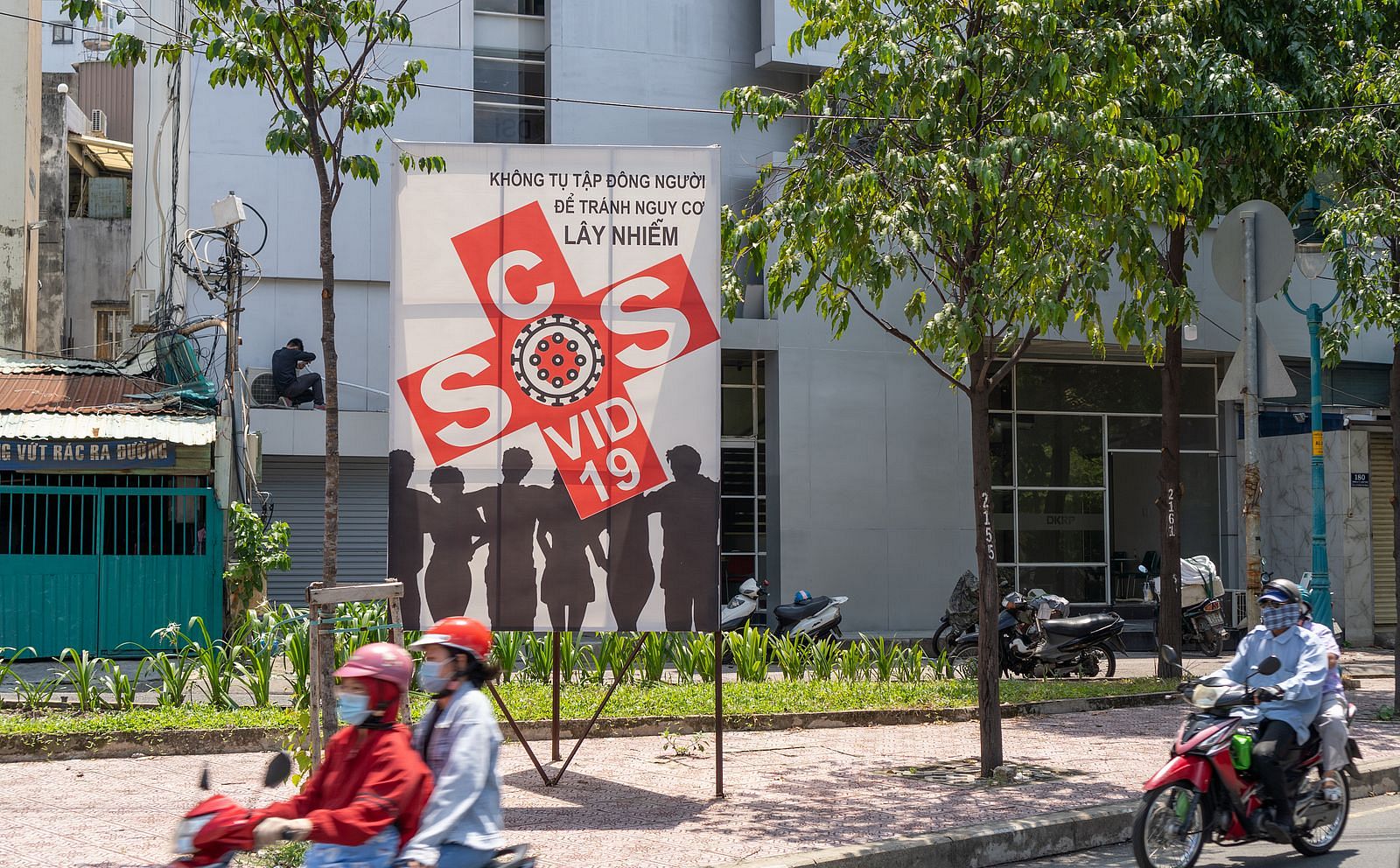As of midnight earlier today, all localities in Vietnam, including areas previously deemed high-risk like Saigon and Hanoi, can relax some social distancing restrictions imposed to curb the spread of COVID-19.
In his briefing on April 22, Prime Minister Nguyen Xuan Phuc officially announced that Vietnam is no longer under the social distancing order as detailed in Directive 16. A total of four localities are now in the “risky” group, comprising Hanoi, Saigon, Bac Ninh, and Ha Giang, while the remaining 59 provinces are deemed “low-risk.”
However, certain districts in Hanoi, Bac Ninh and Ha Giang, where there are ongoing patients and outbreaks, are classified as “high-risk” and still under social distancing restrictions. When it comes to how the reopening process will take place, PM Phuc granted municipal and provincial authorities the power to decide which businesses and operations are allowed to reopen based on local infection risks.
Directive 16 took effect from April 1, and is widely known as the social distancing campaign. It urges citizens not to go outside except to purchase food and medicine or for emergencies. Public gatherings of over two people were banned; interactions need to be at least two meters apart; and face masks were to be worn outside at all time. Factories and businesses doing trade in essential goods and services were allowed to remain open.
While some restrictions have been relaxed, a few policies haven’t changed. Vietnam still has not started accepting foreign visitors or allowing commercial outbound flights. Activities such as festivals, sports tournaments, and religious gatherings are still suspended; night entertainment venues are to stay closed, too.
What happens next in Saigon?
Business
On April 23, Deputy Chairman of the HCMC People's Committee Le Thanh Liem approved a list of places and businesses that are required to remain closed. These consist of beauty salons, physiotherapy facilities, spas, massage parlors, saunas, night entertainment spots, stages, cinemas, wedding halls, nightclubs, beer clubs, bars, pubs, sport complexes, and other indoor sport venues.
Moreover, homestays and AirBnB listings in Saigon are not allowed to take in new guests; gatherings and meetings, including religious activities, with more than 20 people are also banned.
Those not included in the above list are free to operate as normal as long as they obey precautions by local authorities. Citizens must wear face masks at all time in public places and maintain a distance of two meters in public.
Healthcare
On April 23, Doctor Nguyen Thanh Dung, director of the Cu Chi Field Hospital, said that the hospital has discharged its last COVID-19 patient, meaning Saigon now only has one patient left — Case 91, a British pilot who’s currently being treated at the HCMC Hospital for Tropical Diseases. He was the first patient from the Buddha Bar cluster in District 2, the city’s biggest and most complex.
According to the HCMC Department of Health, private clinics and general practitioners are allowed to reopen, while plastic surgery and physiotherapy facilities remain closed until further notice. While accepting patients, clinics are required to report those with COVID-19-like symptoms; all patients have to keep a distance, wear masks, and complete health declaration.
The HCMC Center for Disease Control announced that Saigon will stop testing passengers at Tan Son Nhat Airport and train stations for the novel coronavirus. Since the initiative started, the city has tested 13,861 samples from the airport and 5,599 others from train stations. Another 6,281 tests were carried out among factory workers in industrial parks. All samples came back negative.
Transportation
Multi-passenger movements in Saigon are still banned, according to an order announced during the evening of April 22 by the municipal Department of Transport. It states that a suspension still applies to intercity and public buses, taxi services, car-based ride-hailing trips, and other tourism vehicles. A previous order said that taxis and vehicles with fewer than nine seats were allowed to operate, but this has since been scrapped.
Domestic air and railway travel, on the other hand, is warming up after receiving the nod from the Ministry of Transport. Specifically, the Hanoi-Saigon flight route now serves 20 round-trips a day, up from six. Flights between Hanoi or Saigon to Da Nang have been increased to six a day. Air carriers are allowed to fly from Hanoi and Saigon to other domestic airports once a day. The north-south rail route will operate three trips a day, while shorter trips are also back in business.
Update: The transport department issued an urgent directive last evening April 23 allowing taxis and ride-share cars to operate starting from April 24.
Education
Deputy Director of the HCMC Department of Education and Training Nguyen Van Hieu told Zing in an interview yesterday that his department is developing a set of guidelines for when students can come back to class. Hieu added that the department is seeking approval from the People’s Committee to reopen schools from the start of May.
An ongoing list of dates that schools are restarting for other provinces is available on Tuoi Tre.














